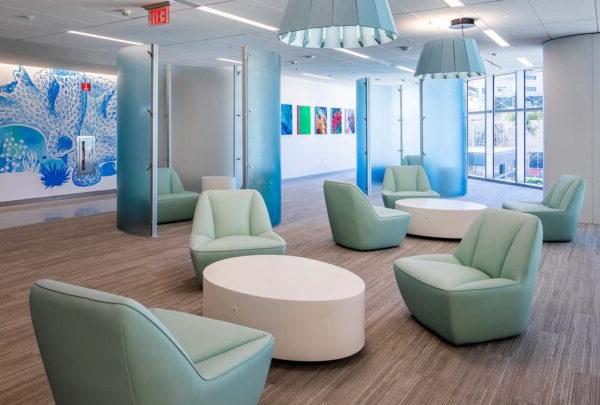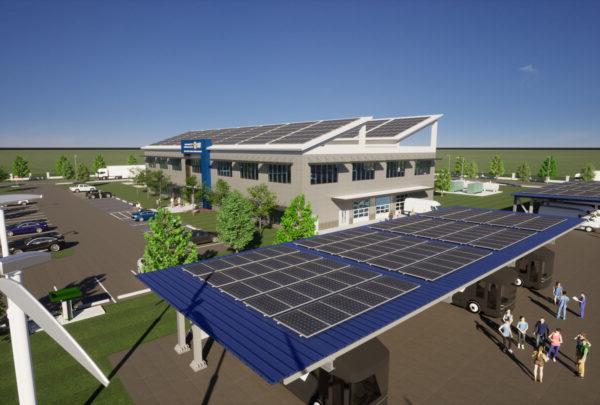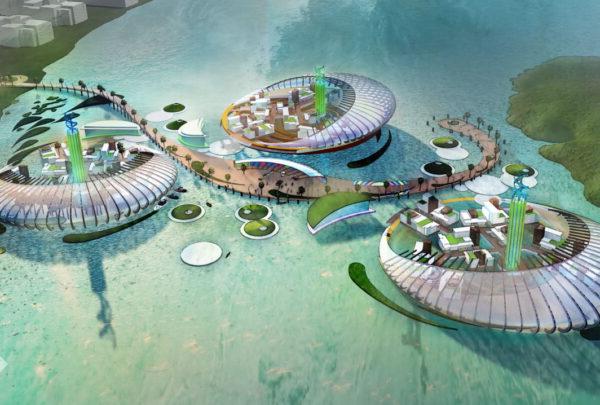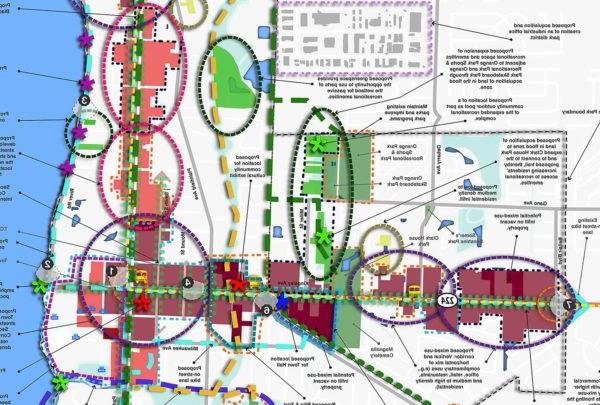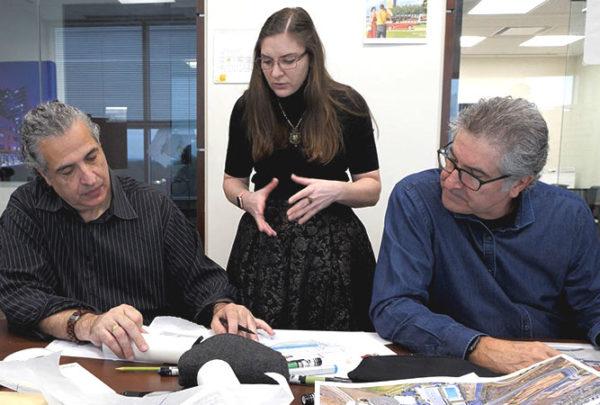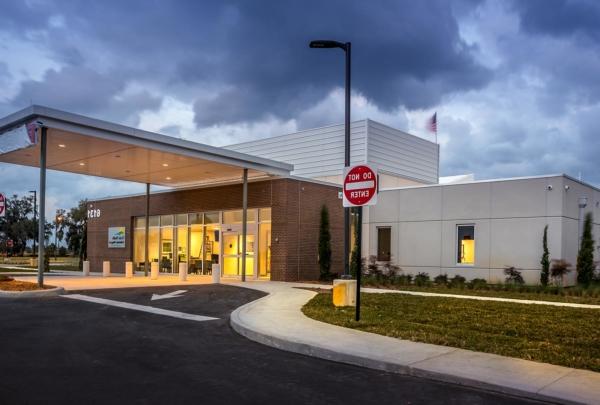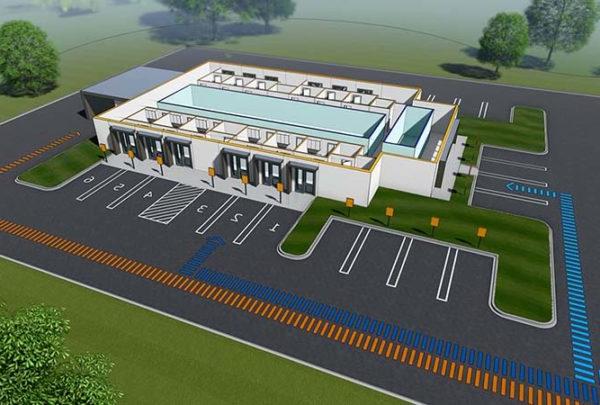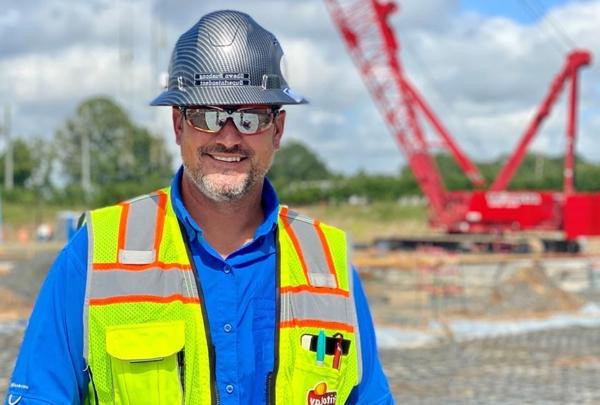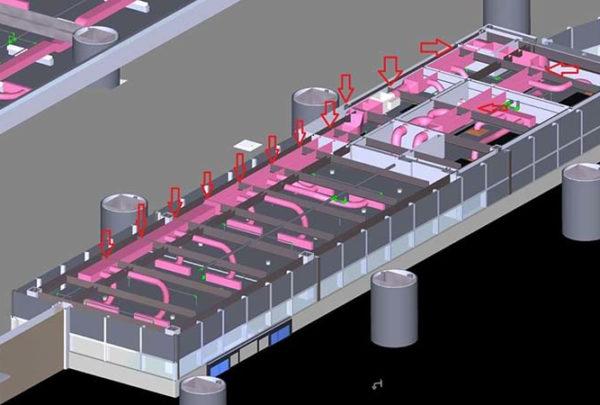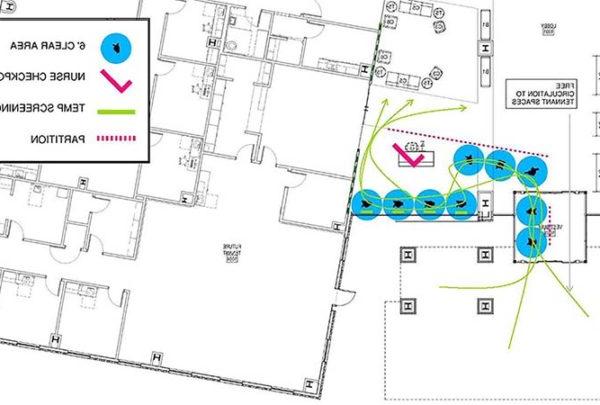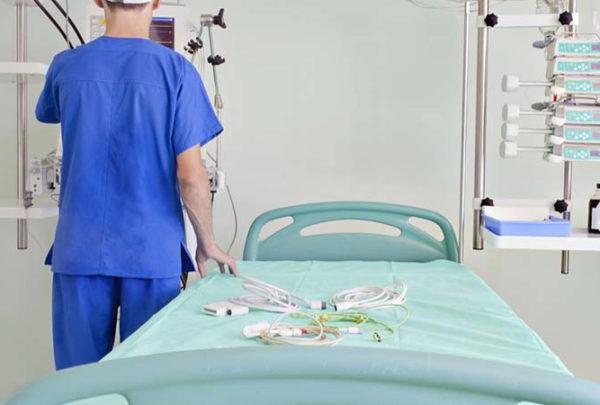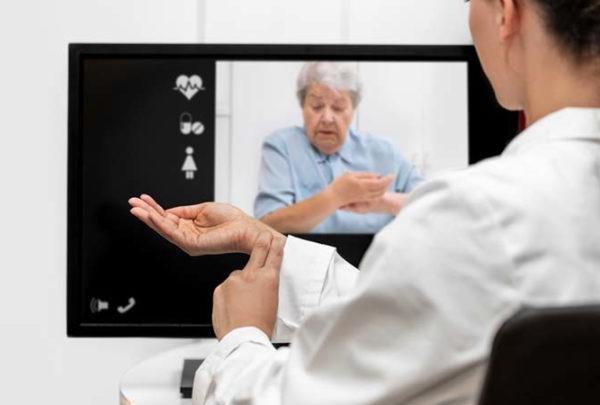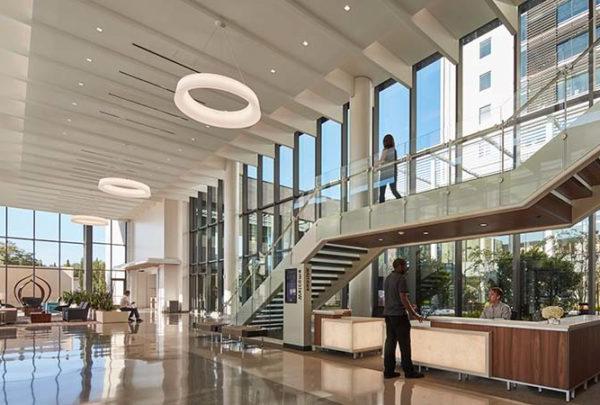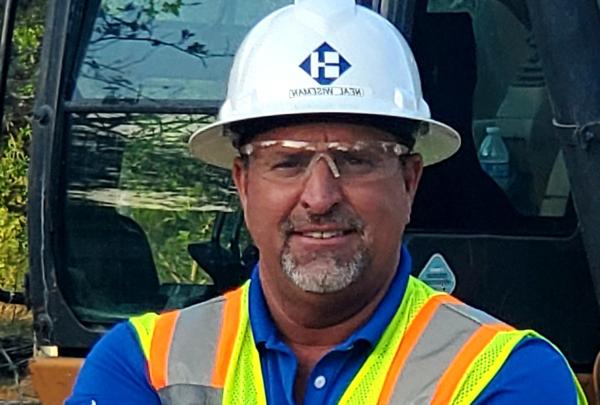Given that one out of every eight women born today will be diagnosed with breast cancer, scheduling a diagnostic scan or biopsy can be an unnerving experience.
At the same time, retail alternatives for women’s imaging threaten providers’ market share and patient satisfaction. When an annual mammogram is an experience fraught with fear, why wait two weeks for an appointment when it is possible to get a same-day appointment at Nordstrom?
Who wouldn’t prefer to take care of an unsettling chore in a convenient and non-clinical setting?
While decreased revenues due to healthcare reform continue to exert downward pressure on non-essential facility amenities, healthcare executives will struggle to balance reducing cost and satisfaction related to Hospital Consumer Assessment of Healthcare Providers and Systems (HCAHPS) scores. However, a new era of patient choice will present growth opportunities for discerning health systems.
Many providers for which a non-clinical setting is not possible can implement strategies to improve the quality of care.
Plush chairs, WiFi, and a water feature are always appreciated but will not make a long wait time shorter, nor do they contribute to the bottom line. The following describe the programmatic implications of managing patient anxiety, minimizing inconvenience, and delivering bad news in ways that make financial sense.
Waiting Spaces Can Minimize Anxiety and Enhance Privacy
The ideal waiting scenario is no wait at all, and providers are competing against the option of a 15-minute mammogram at Nordstrom. Computer simulation modeling can be used to test registration queuing, number of changing rooms, and size of waiting and sub-wait areas based upon the imaging modalities and lengths of stay.
Throughput time, and ultimately length of the patient’s wait, can be manipulated by adjusting the quantity of changing rooms and waiting space, staffing changes and operational models. Women’s imaging centers that are sized according to the volume of patients to be seen are a win-win for patients because their wait time will be shorter, and for providers because the space will not be overbuilt.
Create separate waiting spaces for screening patients visiting for a yearly checkup and diagnostic patients who are addressing a specific concern. In sub-wait areas, avoid mixing patients who are returning from receiving a negative diagnosis with patients awaiting initial diagnostic exams. Another best practice is to segregate non-gowned patients from gowned patients. From a patient satisfaction standpoint, all of these techniques offer environmental sensitivity. From a proforma standpoint, there are no additional seats, they are just distributed appropriately along the patient flow process.
Decentralized waiting can also translate into a more comfortably sized main waiting area. Even though waiting areas are non-revenue producing spaces, they serve a vital function in queuing and moving patients through their visit. Without them, a patient going from registration to changing directly to their modality would not work because the departmental throughput would be negatively impacted, resulting in reduced utilization of expensive equipment.
Design an Appropriate Space for Delivering Bad News:
Patient outcomes are measurably affected by the ways in which providers communicate the news of a cancer diagnosis. Many patients will start their cancer journey hearing those fateful words in a less than appropriate manner in a less than appropriate setting. Studies have linked the ineffectual delivery of bad news with increased rates of psychological morbidity, so it is critical to optimize both the setting and approach. Distressed patients are hindered in their ability to be good health advocates. Patient engagement makes them partners in their own care, which in addition to being high quality care, generally improves the fiscal outcome for providers.
Creating appropriate environments for delivering bad news reinforce the following tenets through their design:
- The provider recognizes the gravity of the moment and appreciates its effect on the patient.
- The provider recognizes the emotional content of the news.
- The provider helps the patient feel as though they have a major say in their treatment plan, reducing the likelihood of depression.
Providers can demonstrate their acknowledgement of the emotional nature of the situation by locating consult rooms on an interior corridor with a discreet exit path from the consult room that does not go through the main waiting area. This gives the patient the privacy to have an emotional reaction without fear of broadcasting it to other patients. Similarly, acoustical and visual privacy helps keep patients from overhearing others’ conversations.
A consult room sized and furnished appropriately for family members also subtly translates that the patient doesn’t have to navigate their situation alone. To have sufficient space for the patient, their family, medical staff and sometimes a surgeon to begin the dialog on a treatment plan, six to eight people may need to be accommodated in a standard-sized consult room.
Healthcare providers are currently facing a dizzying array of strategic and facilities challenges. Contact 澳门足彩app, where we approach integrates data, research, and best practices into our architectural solutions to help you balance cost and value.







